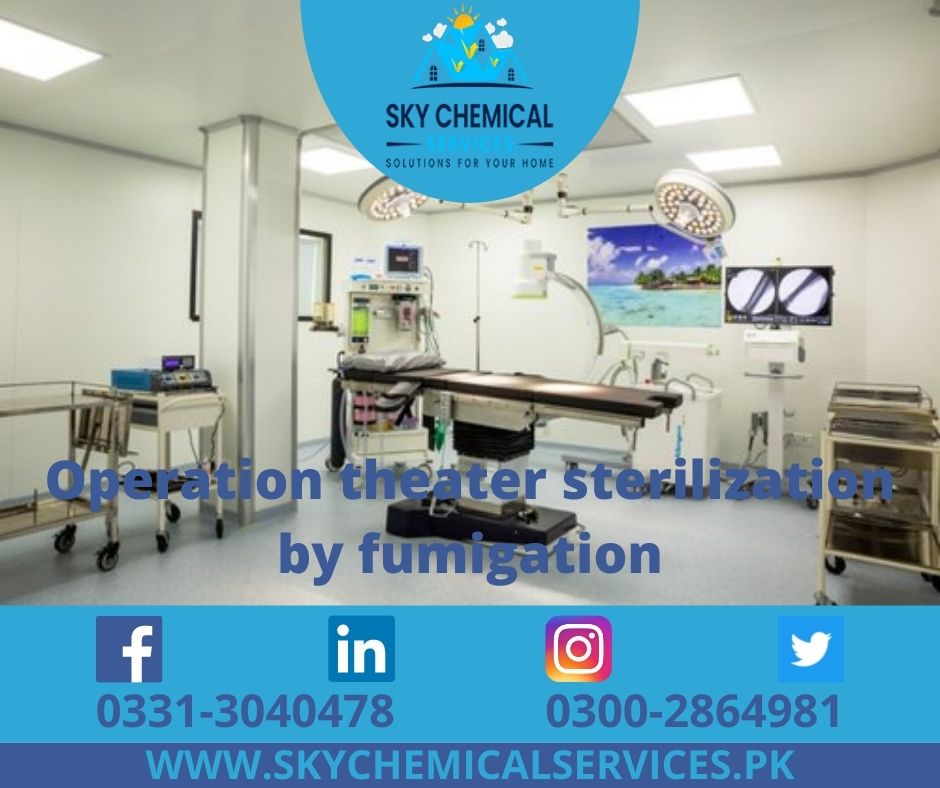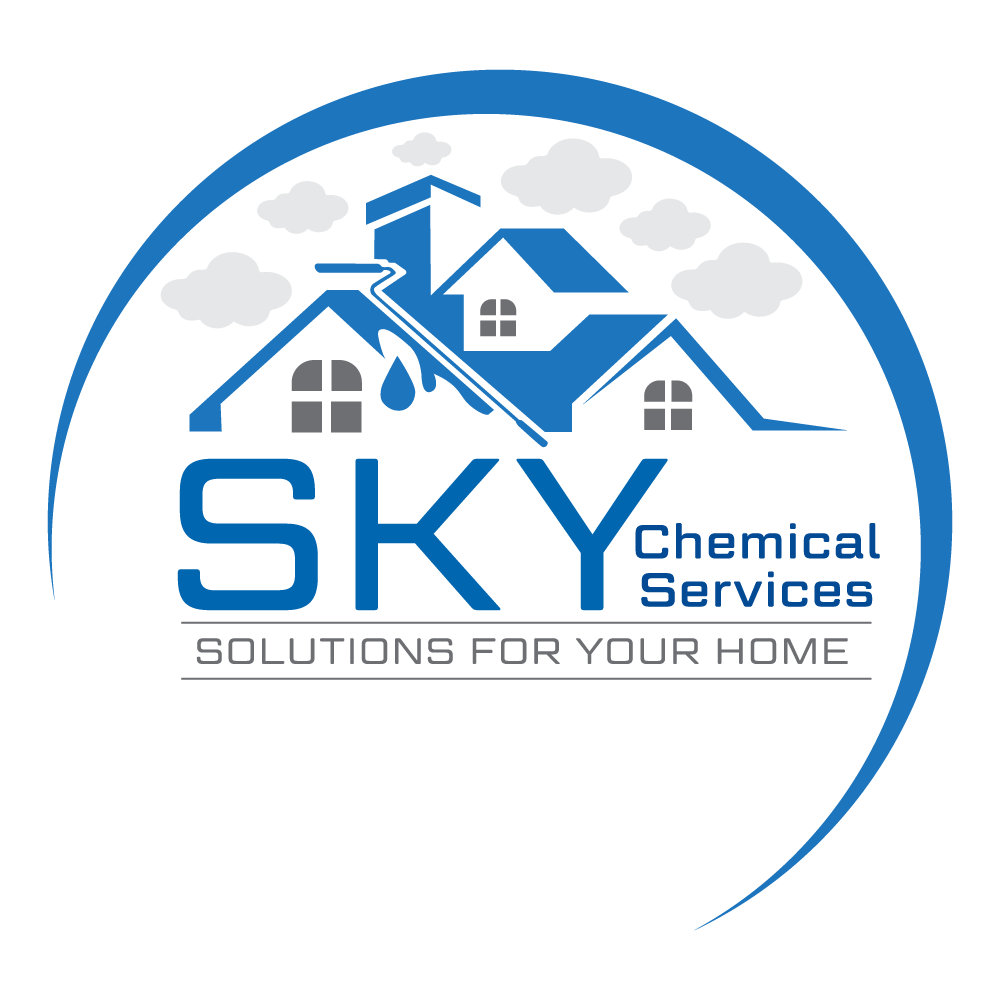
Introduction – Sterilization Fumigation
Surgical site infections (SSIs) are the second leading cause of hospital-acquired infections (Nosocomial). These surgical complications generate significant morbidity and, when they occur deep at the operation site, can result in mortality of up to 77 percent. Endogenous (normal flora of the patient’s skin, mucous membranes, or viscera) or exogenous (surgical personnel (especially members of the surgical team), surgical room environment (including air, floor, and wall), and tools, instruments, and materials brought into the sterile field during surgery) are all potential sources of SSIs.
For locations where microbiological cleanliness is necessary, formaldehyde fumigation has long been an acceptable method of sterilizing.
Sterilization Fumigation Process
The vapor of formaldehyde is a highly potent biocide. It works as an alkylating agent, inactivating microorganisms by interacting with protein carboxyl, amino, hydroxyl, and sulfhydryl groups, as well as amino groups in nucleic acid bases. When the temperature is above 20°C and the relative humidity is above 65 percent, fumigation is effective.
Formalin is 40 percent formaldehyde in water solution that is commercially accessible. Formaldehyde vapor is produced when formalin is heated. However, because the concentrations encountered during Sterilization Fumigation are hundreds of times higher, the procedure must be carried out only by skilled persons under stringent guidelines.
Formaldehyde can combine with hydrochloric acid and chlorine-containing disinfectants like hypochlorites to create chlormethyl ether, a strong lung carcinogen, under specific conditions. Before fumigation, all hydrochloric acid and chlorine-containing disinfectants must be removed from the room.
Following is the process through which formaldehyde can be managed:
Step 1: Preparing the Solution
With soap and water, thoroughly clean the windows, doors, floor, walls, operation table, and all washable equipment.
Close the windows and ventilators as tightly as possible. Seal any openings with cellophane tape or other material to prevent fume leakage.
Turn off all lights, air conditioning, and all electrical and electronic devices.
Calculate the required amount of formaldehyde based on the room size (surgical theatre only) in cubic feet (LBH).
Step 2: Precautions
Formaldehyde is irritant to the eyes and nose, and it has also been identified as a probable carcinogen. Adequate protection should be taken by wearing a cap, mask, foot cover, spectacles, and so on.
As a result, the individual fumigating must be outfitted with personal protection equipment (PPE).
Place a warning sign on the front entrance stating that fumigation is taking place.
Step 3: Fumigation
Electric Boiler Fumigation Method: (Recommended): 500 mL formaldehyde (40 percent solution) in 1000 mL distilled water (if not available, use tap water) in an electric boiler for per 1000 cubic feet. Turn on the boiler, then exit the room and close the door. Switch off the boiler without entering the room after 45 minutes (varying depending on the volume existing in the boiling apparatus/its heating proficiency) (Switch off the main from outside).
Potassium Permanganate Method: In this method, heat is generated by an oxidant, potassium permanganate (KMnO4), which causes auto boiling and produces formaldehyde fume. In a heat resistant bowel, preferably a steel bucket, dissolve 500 mL formaldehyde (40 percent solution) in 1000 mL distilled water (if not available, use tap water) and then add 450gm KMnO4 for 1000 cubic feet of theatre capacity. Repeat the process in a separate bucket for every 1000 cubic feet until the theatrical volume is reached. To decrease fume exposure, it is critical to add KMnO4 to all buckets at the same time (i.e., need 3 or 4 persons at different location).
Step 4: Neutralization
The formaldehyde fumigation system should be removed from the operating theatre before neutralization. The formaldehyde vapor’s toxicity should then be mitigated using an ammonia solution.
Place a cotton ball on the surgical theatre floor and pour 300 ml of 10% ammonia (for every 500 ml of formaldehyde used) at least 4 hours before the “Sterility Test” (07 a.m.).
Hexamine (synonym hexamethylenetetramine) is produced when formaldehyde gas combines with ammonia gas. It is a relatively safe chemical.
Turn on the air conditioner at least 2 hours before the “Sterility Test” (09 a.m.).
If you’re looking for an appointment, call or visit Sky Chemical Services and experience our services.
How to Prepare your Home for Tent Fumigation?
How Long Do I Need to Stay Out of my House After Structural Fumigation?
Fumigation and General Pest Control. What’s the difference?
Guidelines for Sterilization Fumigation Operation Theater
For all fumigations, a record (log book) should be kept and properly maintained with the following information: date and time of fumigation, date and time of neutralization, persons engaged, and dates and results of “sterility test visits.”
- A surgical theatre construction layout plan with measurement specifications should be appended to the log book.
- A separate dressing room for the medical officer and staff nurses is required, as well as a patient waiting area, a surgical room, and a veranda.
- Before beginning the fumigation method, all construction, carpentry, plumbing, electrical, cleaning, and other tasks should be finished.
- The surgical room (as illustrated in the plan) should not be used for anything else.
- Before fumigation, the entire block should be properly cleaned. All suction, table, focus lights, A/C units, and other gear should be cleaned according to the manufacturer’s recommendations.
- The environment should be clean and free of garbage, open drains, bushes, shrubs, and wastes, among other things.
- A notification indicating that fumigation is in progress should be put on the front door.
Commercial Fumigation – All you need to know
Can Fumigation Cause Damage to my Home?
Why Foundation Termite Proofing in Karachi should be availed by professionals?
Conclusion
Fumigating an operation theater requires high skill and sharpness in taking care of the surroundings, utensils and most importantly, the staff and patients present there. Clearing off the whole area is necessary, especially objects which are quick in adhering to smells and gases. There are two processes of fumigation which can be used; one is electric boiler fumigation method and the other is potassium permanganate method. Lastly, take the necessary precautions after fumigating the area.
If you want to know more about our services, visit (https://skychemicalservices.pk)
